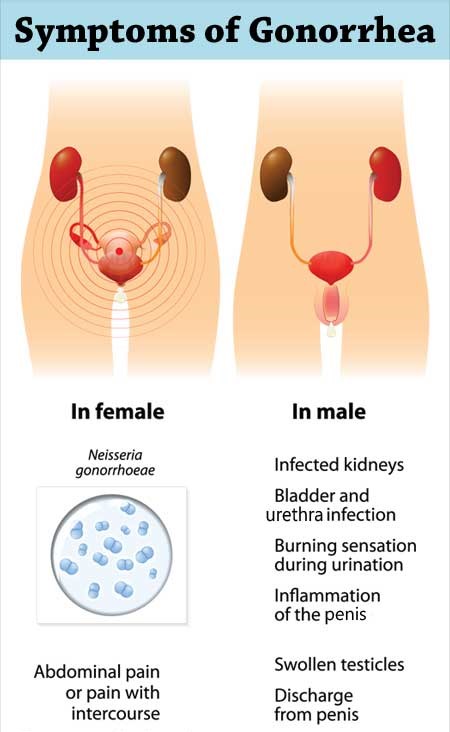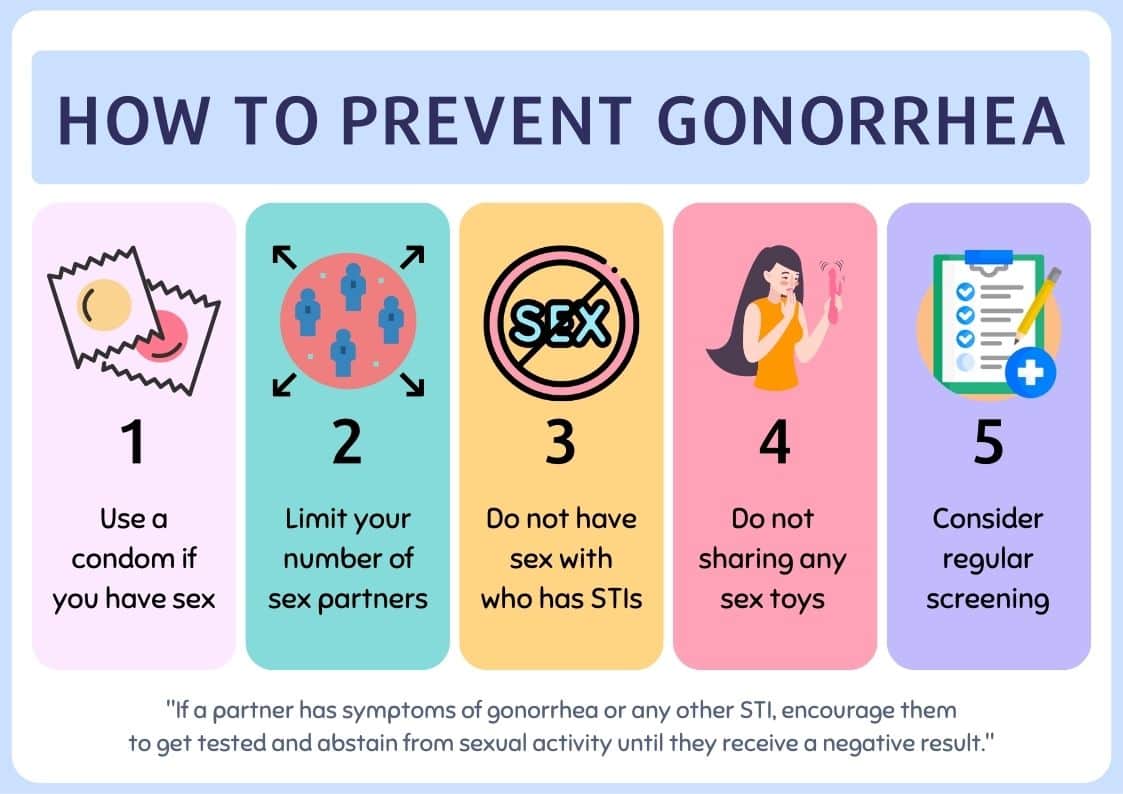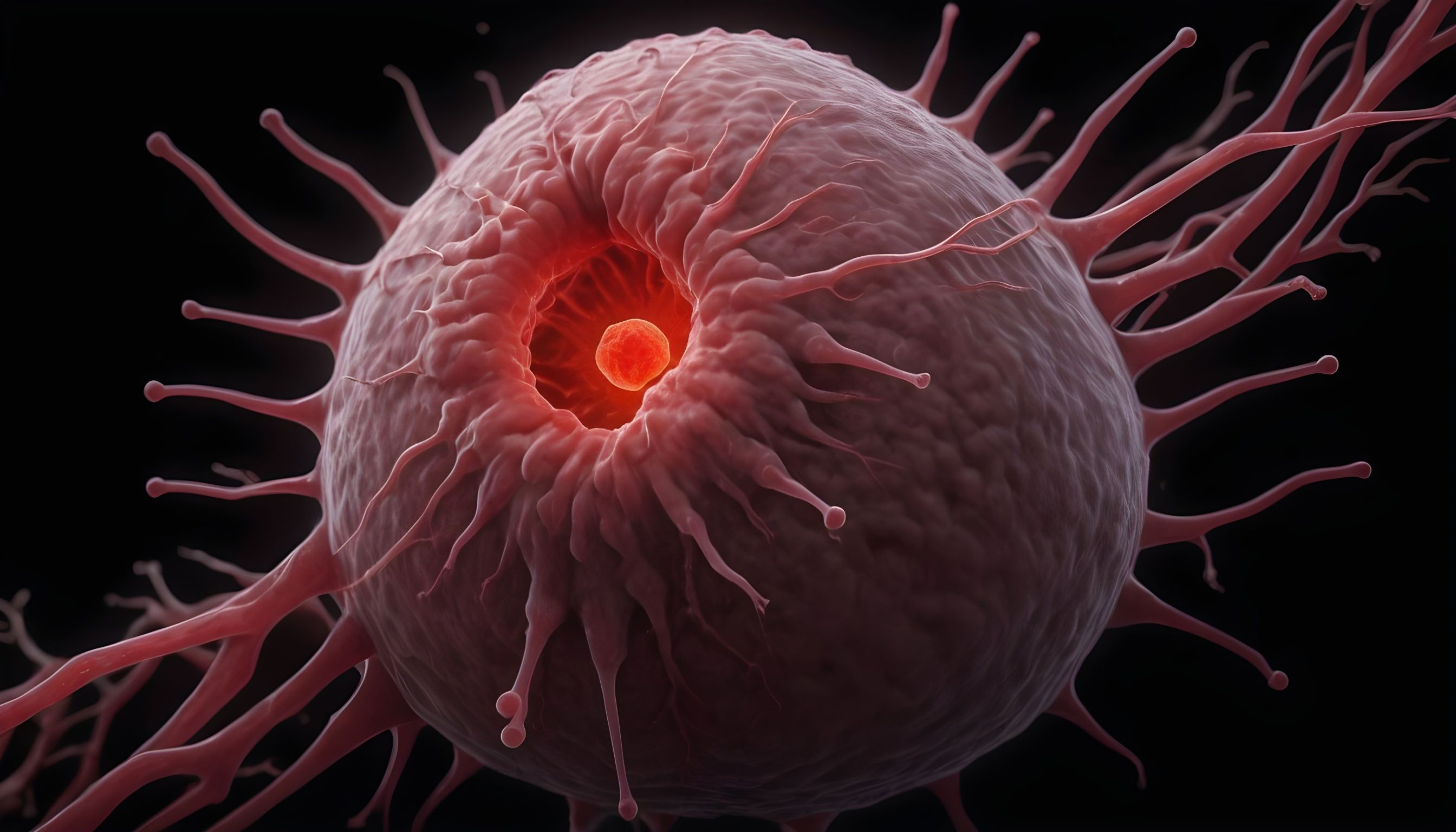Sexually transmitted infections or sexually transmitted diseases which spread by sexual contact with an infected person. Among them gonorrhea is the most common it is caused by the bacterium Neisseria gonorrhoeae. However being curable gonorrhea can lead to severe complications such as pelvic inflammatory disease, infertility and may be a chance of HIV transmission if left untreated.
What causes Gonorrhea?
Gonorrhea is seen in people mostly due to sexual contact via vaginal, anal, or oral through a sexually infected person. Gonorrhea generally affects the reproductive tract, urinary tract, throat, mouth, and rectum. It gets spread when the infected fluids come in touch with moist parts of the private parts or mouth of a healthy individual.
What are the symptoms of Gonorrhea?
Gonorrhea generally shows a variety of symptoms depending on the area of infection and gender. While few people may not experience any symptoms it leads to the spread of infection. In people where symptoms are present, they may be present within 1 to 14 days after the occurrence of the infection.
Symptoms seen In Men:
➤Pain or burning sensation during urination.
➤People with gonorrhea experience green, yellow, or white discharge from the penis.
➤Painful or swollen testicles.
➤Discoloration and swelling are seen at the penis opening.
➤Urgency to urinate.
➤Pain during bowel movements.
 Symptoms seen In Women:
Symptoms seen In Women:
➤Increased vaginal discharge.
➤Painful urination.
➤Vaginal bleeding between periods.
➤Abdominal or pelvic pain.
➤Sore or itchy anus.
➤Rectal discharge or bleeding is seen in a few females
Symptoms seen In Both Genders:
➤A sore throat is seen if the infection is in the throat.
➤ If the infection is in the rectum then rectal pain, discharge, or bleeding are seen.
➤Conjunctivitis (if the infection spreads to the eyes).
➤Swelling is seen on the lymph nodes of the neck.
How do doctors diagnose gonorrhea?
Diagnosing gonorrhea typically involves a combination of a medical history check, physical examination, and laboratory tests. In the diagnostic process, the doctors collect samples from the infected area be it the urethra, cervix, throat, or maybe from the rectum, and then these samples are sent for a nucleic acid amplification test(NAAT) that helps in detecting the bacteria even in people who do not have any signs and symptoms of gonorrhea. Also in a few cases blood tests and urine tests are recommended to detect the severity of infection.
How gonorrhea is treated?
Gonorrhea is generally treated with antibiotics but as the bacteria are becoming resistant to the antibiotics doctors prescribe a combination of antibiotics against the bacteria. Use the necessary antibiotics as instructed and finish the course of antibiotics to completely avoid the risk.
Preventive measures for gonorrhea:
Here are a few preventive measures that need to be taken to reduce the risk of gonorrhea:
 Protection:
Protection:
Have protected sex by using condoms that not only reduce the risk of gonorrhea but also other sexually transmitted infections such as syphilis, HIV, etc.
Limiting Sexual Partners:
Having sex with multiple people can also cause gonorrhea, so having a limited number of sexual partners and being in sexual contact with an uninfected person can also lower the risk of having gonorrhea.
Regular Tests:
Regular STI screening is highly essential for people who participate in sex with multiple people and who already have a history of sexually transmitted infections to avoid further complications.
Risk factors of gonorrhea:
If gonorrhea is not treated early it can lead to other severe complications, particularly in women, such as:
Pelvic Inflammatory Disease (PID):
Pelvic Inflammatory diseases involve the inflammation of reproductive parts causing pelvic pain, infertility, and even ectopic pregnancy in which the egg fertilizes and grows out of the uterus which is a severe complication.
Infertility:
Untreated gonorrhea can lead to infertility problems both in men and women due to the severe damage to reproductive parts.
Increased HIV Risk:
People with gonorrhea have a higher risk of developing HIV the virus that causes AIDS via sexual transmission.
Disseminated Gonococcal Infection (DGI):
Gonorrhea can also cause gonococcal infection in certain people in rare cases that gets spread by blood showing symptoms such as joint pain and lumps on the skin.
By having proper knowledge of the causes and the preventive measures you can reduce the risk of having sexually transmitted infections such as gonorrhea. Do take proper precautions and proper medications and follow the necessary preventive measures to reduce the risk.

